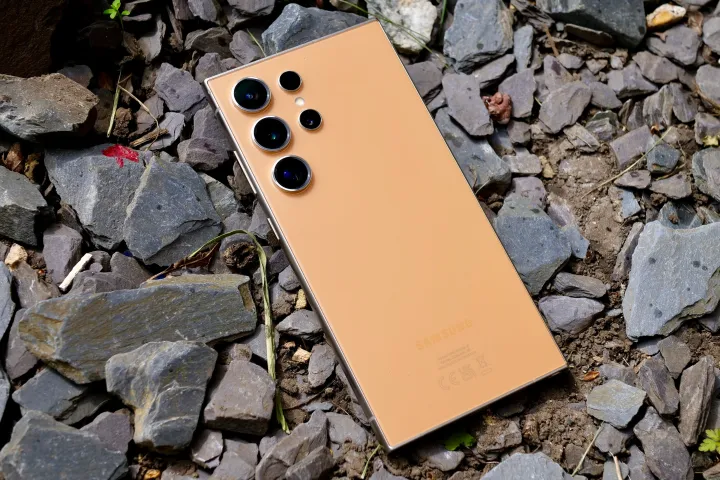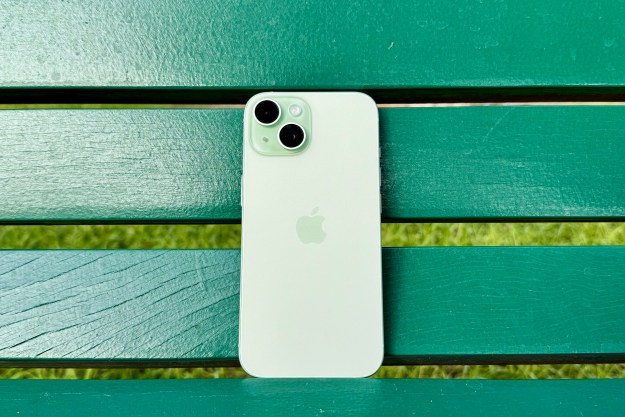
Samsung introduced a self-repair program in 2022 and expanded its scope earlier this year, offering access to repair kits and genuine replacement parts for DIY repairs. However, due to a lack of expertise and the risks of breaking things, most people still prefer to get it done at repair outlets — authorized or otherwise.
But it seems visiting an authorized repair outlet comes at a serious cost. According to 404 Media, Samsung binds these outlets with a contract that requires them to send over details such as name, mobile number, address, email, unique hardware identifier code, warranty status, and details of the servicing process.
That’s quite surprising, as Samsung itself doesn’t ask for these details when you buy a new phone. It’s also quite an about-face from Samsung, which recently rolled out a feature called Repair Mode that locks all valuable personal information when customers send their phones for repairs.
While that is problematic in itself, Samsung also seems to have embraced a rather hardline stance when it comes to third-party or aftermarket parts. “Company shall immediately disassemble all products that are created or assembled out of, comprised of, or that contain any Service Parts not purchased from Samsung,” reads a part of the contract.

That essentially means repair shops are required to destroy not only a non-genuine Samsung part inside a phone — but also the entire phone itself. There is no mention of a provision on how Samsung aims to compensate customers who brought their devices in for repair in the first place.
But it seems the rules are not uniform everywhere. An authorized Samsung service outlet in India’s national capital tells Digital Trends that they won’t destroy phones with an aftermarket part inside its chassis. However, if you seek to get it replaced, the faulty aftermarket parts are sent back to Samsung for responsible disposal in line with the Supreme Court’s e-waste regulations.
If a customer wants to keep their faulty non-genuine component — say, a third-party battery or screen assembly — they are required to submit a written request, which will take at least a day to process. Another Samsung-authorized repair outlet in New Delhi told me that they would hand over the faulty part back to the customer without any written application or a mandate to destroy the phone itself.
Now, aftermarket parts are nothing short of a lifesaver, especially for non-flagship phones. Smartphone brands keep components in their supply for at least a few years, but the same treatment is not always extended to budget phones. That means customers often have to rely on aftermarket parts as the only option to keep their phone running for a few more years.
Self-repair takes a hit, too

It seems Samsung isn’t too keen on fixing the situation, or maybe it has run into production-related woes. Today, iFixit, which was Samsung’s partner for its self-repair initiative, announced that it is ending the partnership with the Korean electronics giant. Here’s the company’s official statement:
“As we tried to build this ecosystem, we consistently faced obstacles that made us doubt Samsung’s commitment to making repair more accessible. We couldn’t get parts to local repair shops at prices and quantities that made business sense,” iFixit said.
For its part, iFixit says it will continue with its mission (and business), but will no longer be bound by Samsung’s rules regarding selling repair parts. However, the situation will change in the coming months, starting with consumers living in the state of California.
Home to some of the biggest tech companies, the state passed a law in September of last year that mandates a brand to provide repair tools, manuals, replacement parts, and software for up to seven years as long as the product costs $100 or more. The law comes into effect this July and will apply to devices sold after July 1, 2021.
“Since Right to Repair can pass here, expect it to be on its way to a backyard near you,” iFixit CEO Kyle Wiens said in a statement back then. As for Samsung, the latest leak doesn’t paint a particularly good picture of the brand’s commitment to repairability. Plus, the poor repairability of its phones, as highlighted by iFixit, is only dissuading any potential new customers.
Editors' Recommendations
- 5 phones you should buy instead of the OnePlus 12
- You’ll soon be able to control your iPhone and iPad with your eyes
- Check your Samsung Galaxy S22 for a big update right now
- 5 phones you should buy instead of the Samsung Galaxy S24 Plus
- Something odd is happening with Samsung’s two new budget phones


